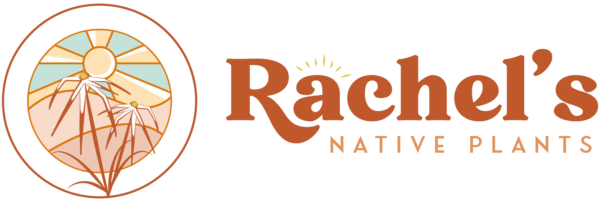When looking at White Goldenrod, one may be tempted to say it’s an Aster or Daisy, and this
has also been up for debate for some time. However, the consensus now is that they are
goldenrods. Although the blooms resemble asters, the foliage resembles that of other goldenrods,
and the plant can cross-pollinate with other goldenrod species, but not other aster species. Doing
best in dry to average soil, this plant cannot withstand poor drainage or wet soil conditions, as
both can be a harbinger of root rot. Its delicate appearance and propensity for full sun make it an
excellent prairie, meadow, or cottage plant. One could even put it in a planter, given it has
adequate sun exposure. White Goldenrod is a host plant for Wavy-lined Emerald larvae and is
an important wildflower for our native bees. This species is reported to be deer resistant.
Unfortunately, due to habitat loss, this plant is considered endangered in North Carolina and is a
protected species.
NURSERY HOURS
Wednesday: 10-4 Thursday: 10-6 Friday-Saturday: 10-4 Sunday: 12-4
Oligoneuron album
Key Info
Scientific Name: Oligoneuron album
Common Names: White Goldenrod
Family Names: Asteraceae (Composite, or Daisy Family)
Plant Type: Herbaceous perennial
Protected Plant Species: Yes
View Certificate
Light Requirement: Full sun
Moisture Requirement: Moist well drained
Flower Color: White
Additional Info
Habit: Mounding
Height: 1-2'
Spread: 1-2'
Soil Conditions: Clay, sand, shallow rocky, must have good drainage. Prefers calcareous soils.
Leaves: Leaves are narrow and lanceolate, larger towards the bottom of the plant and getting smaller as height increases.
Flowers (or reproductive structures: Solitary corymb
Fruit: Small seed clusters with white fluff, often wind-dispersed.
USDA Hardiness Zone: 3-8
USDA Wetland Indicator Status in NC: Not applicable
Pollination: Bees, butterflies, other pollinating insects
Wildlife Connections: Host for Wavy-lined Emerald (Synchlora aerata) caterpillars, songbirds love the seeds (particularly goldfinches.) Supports native bees.
